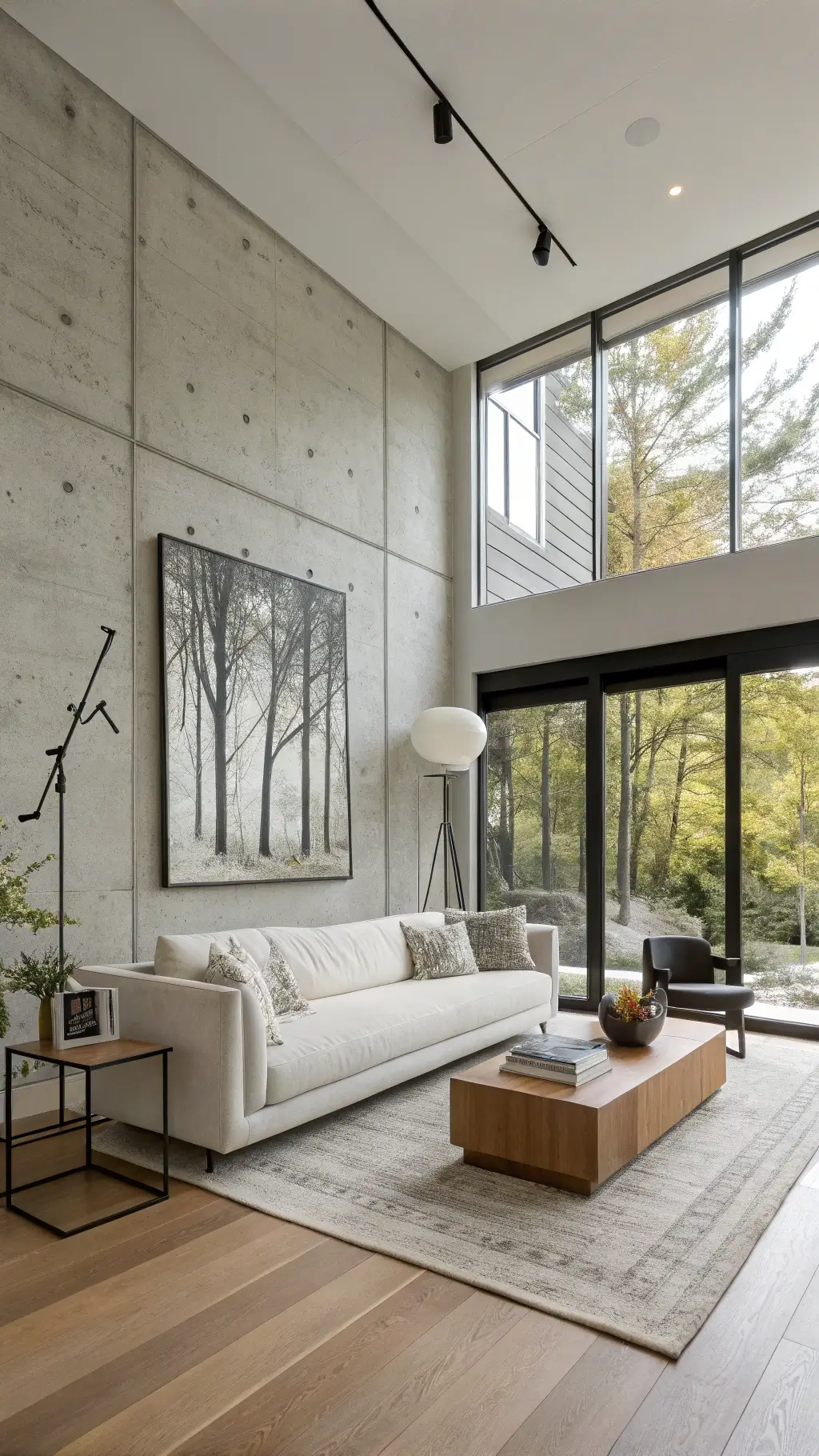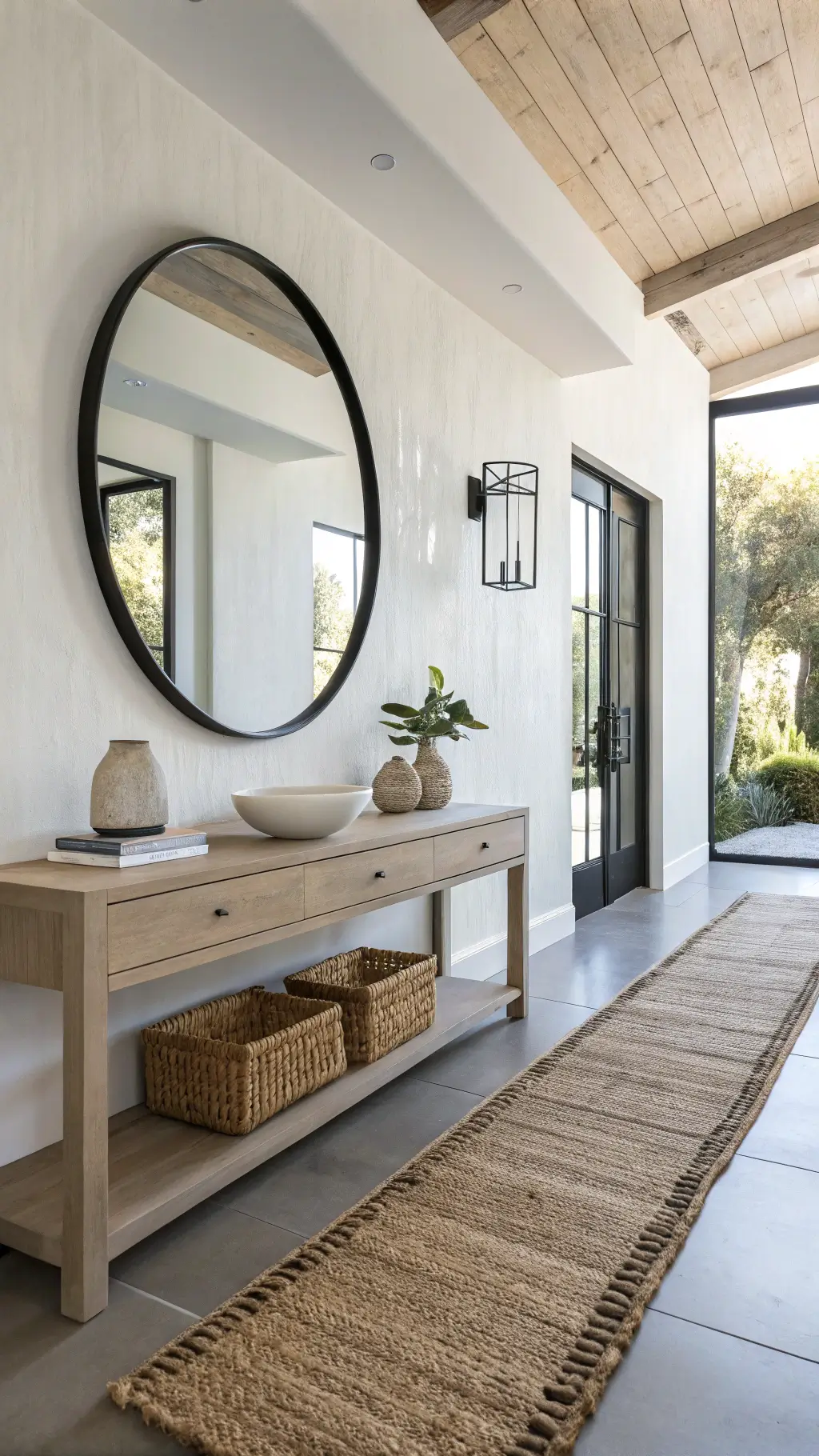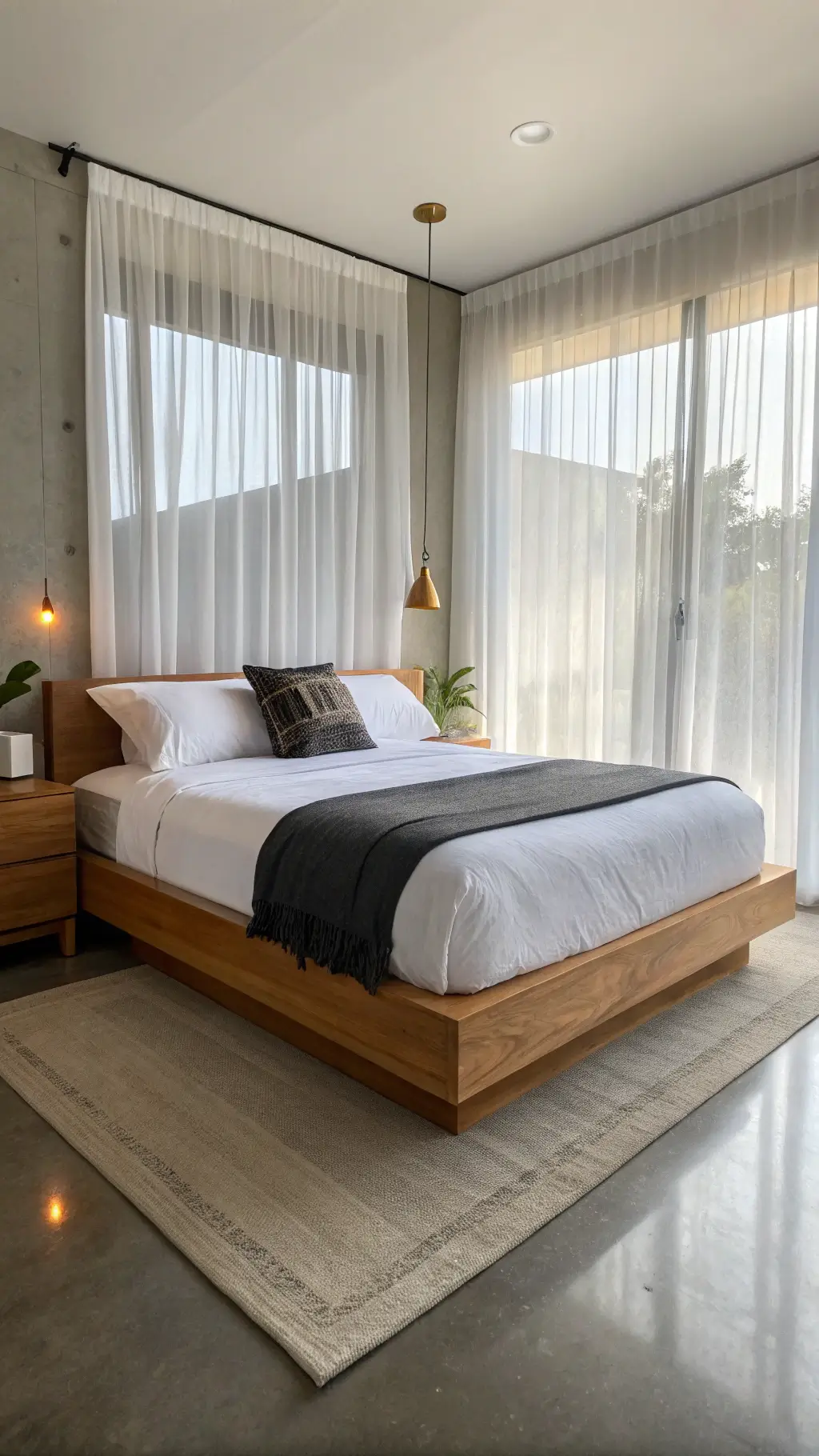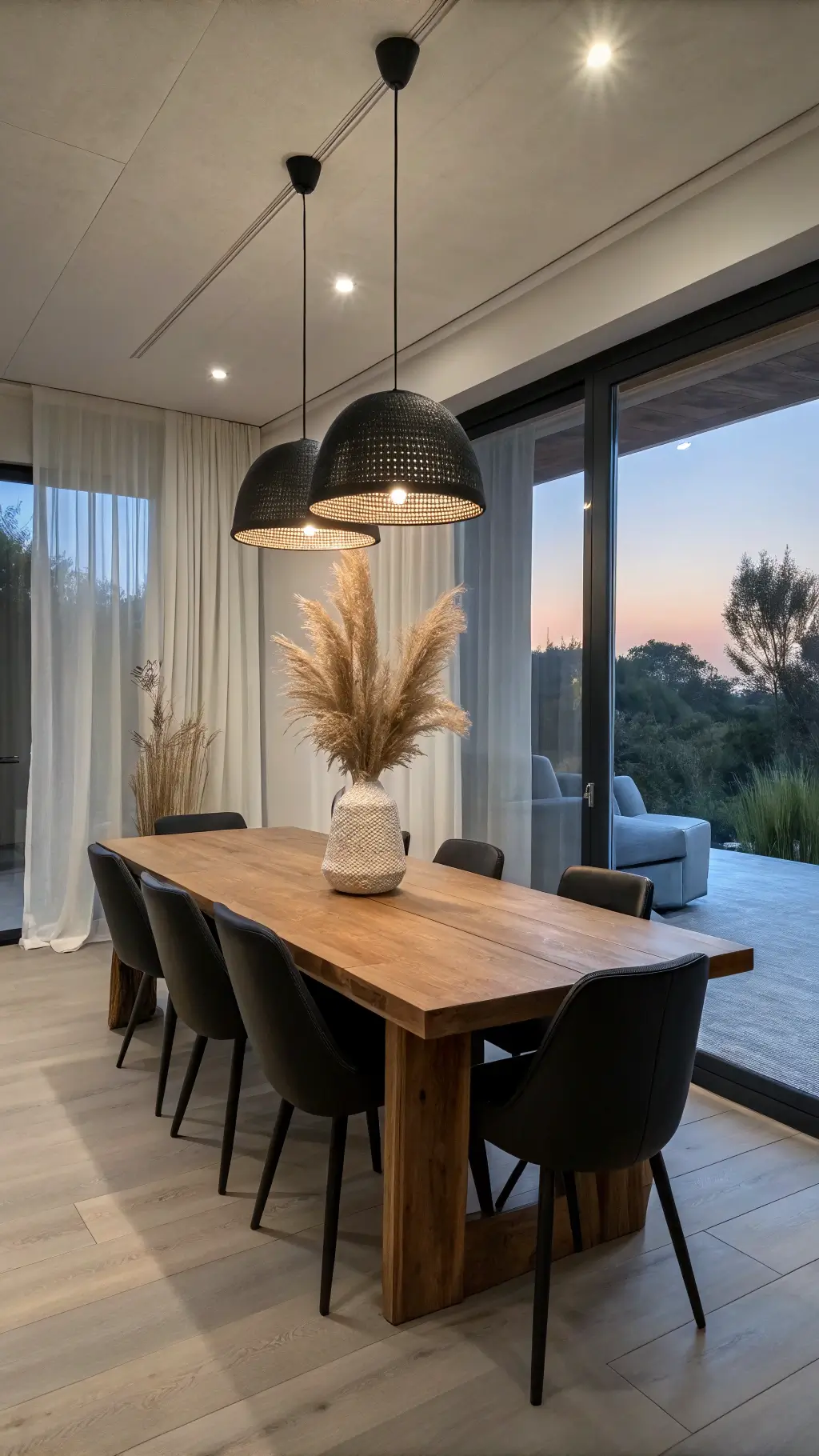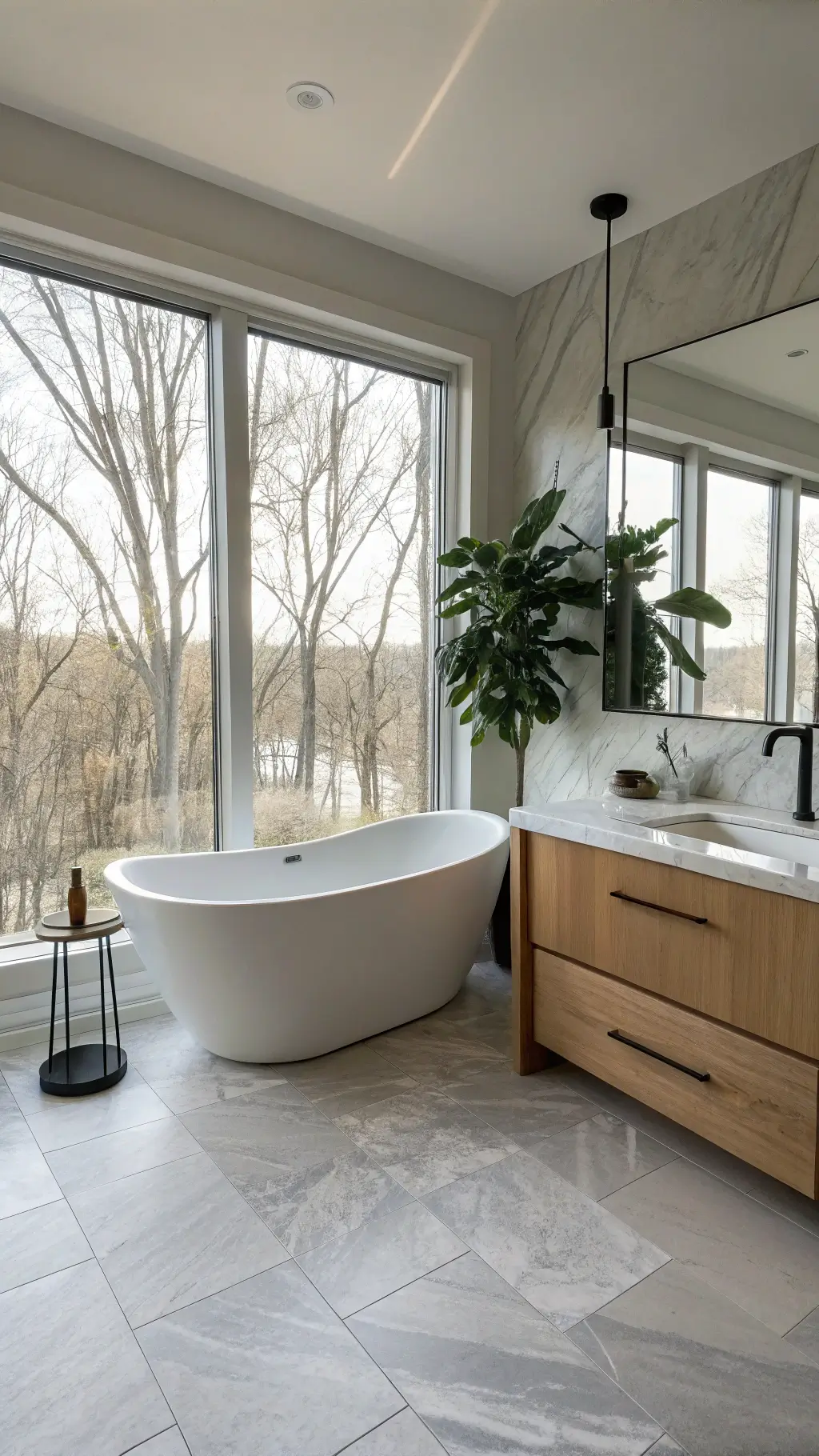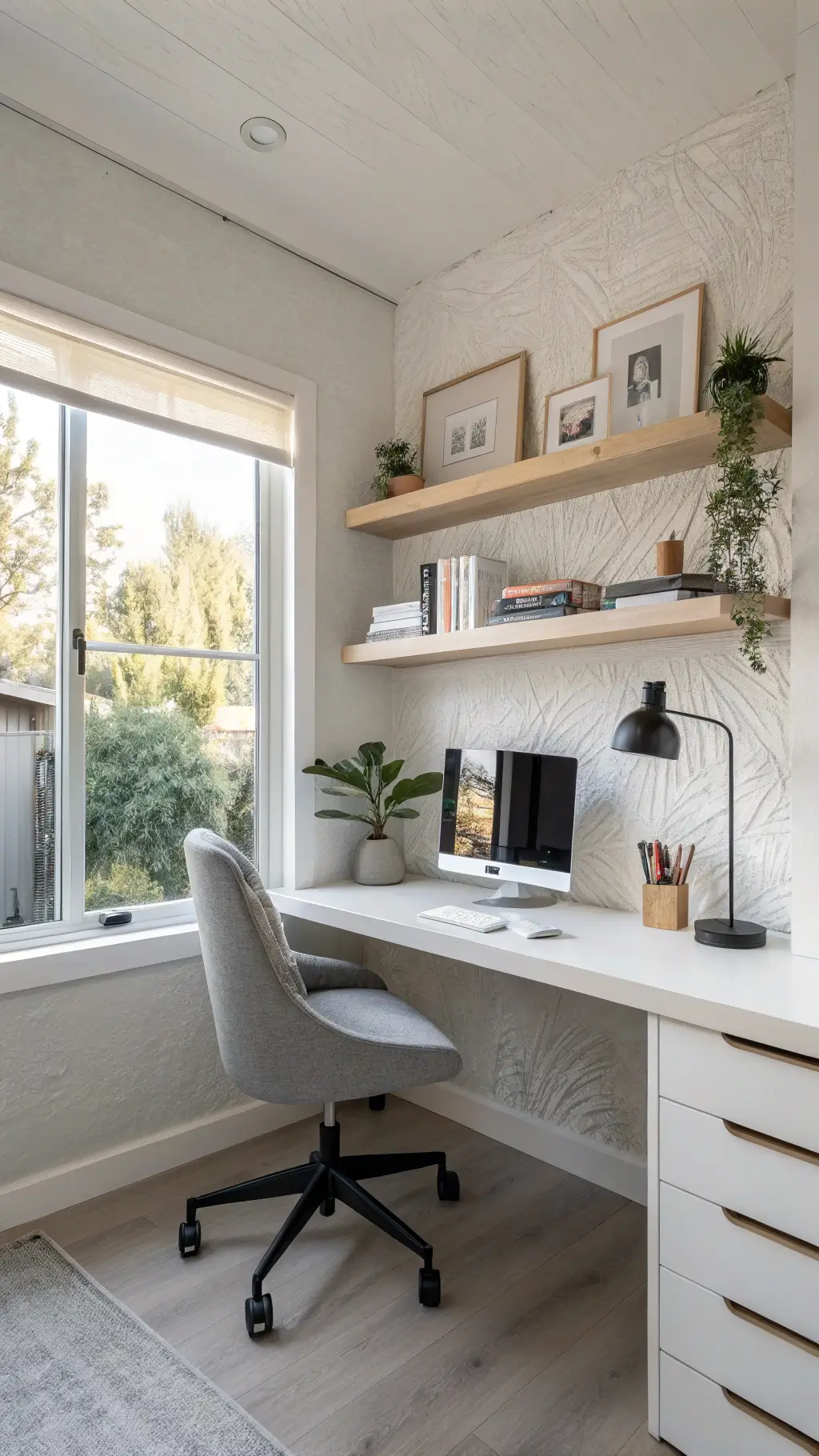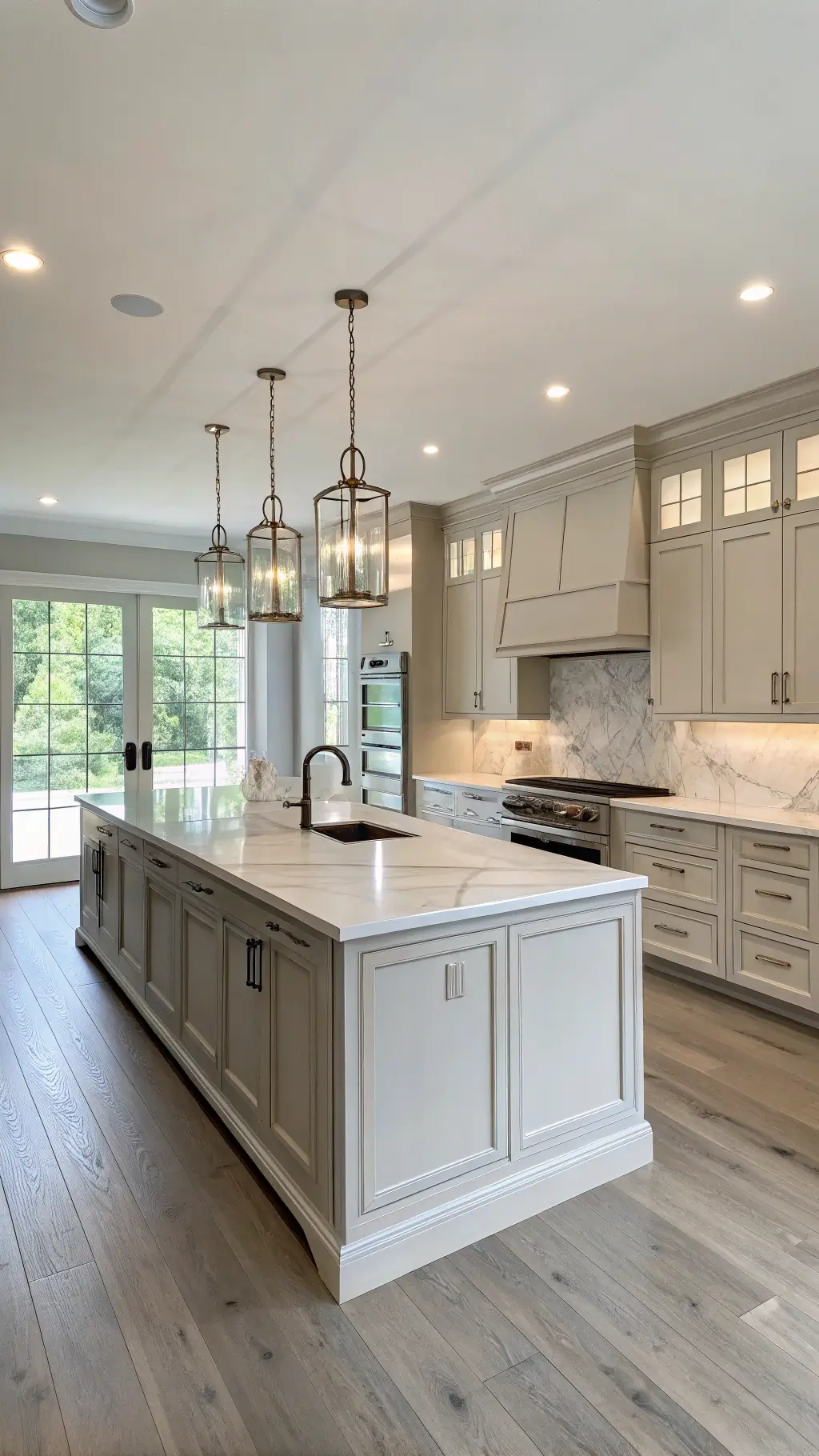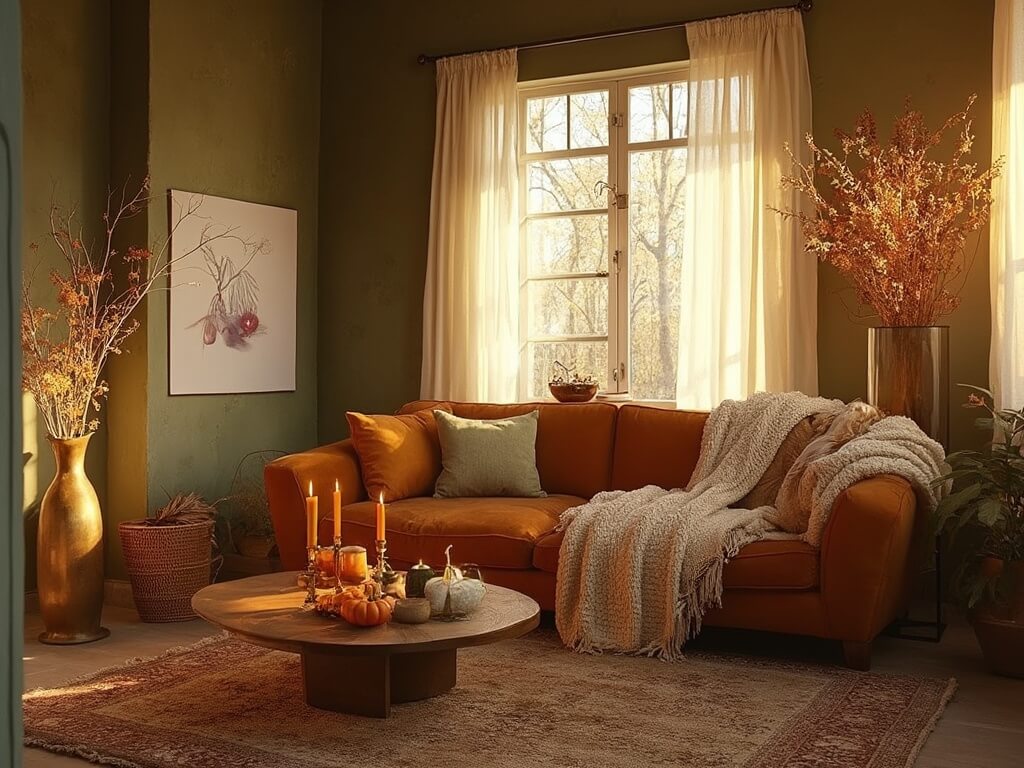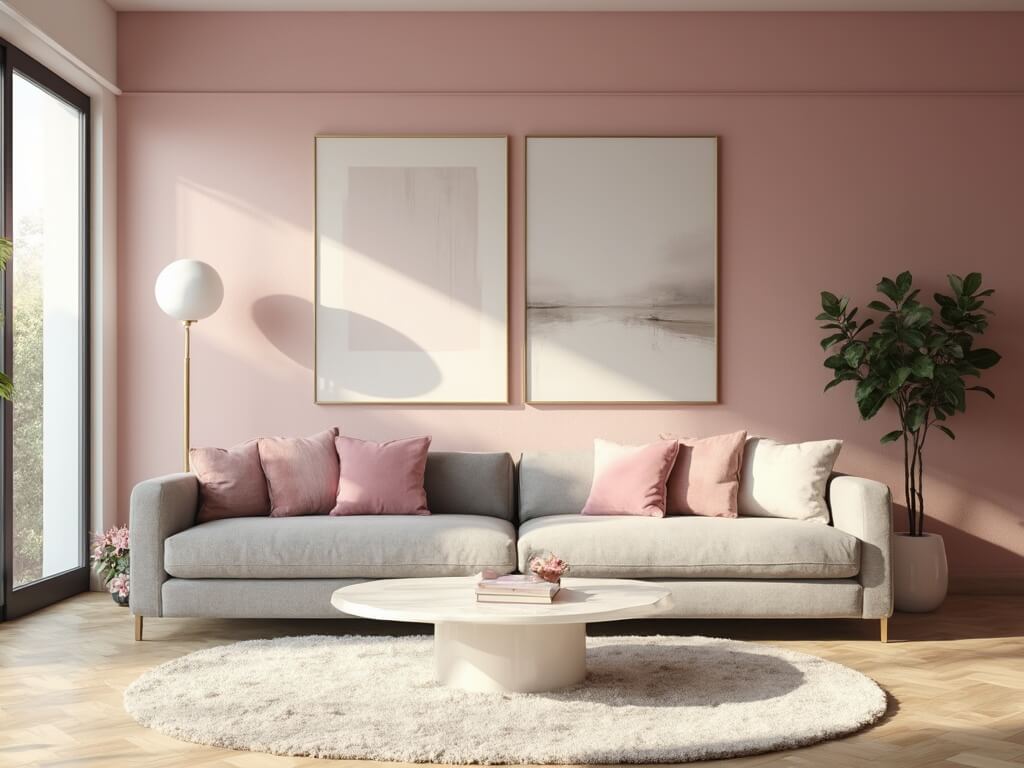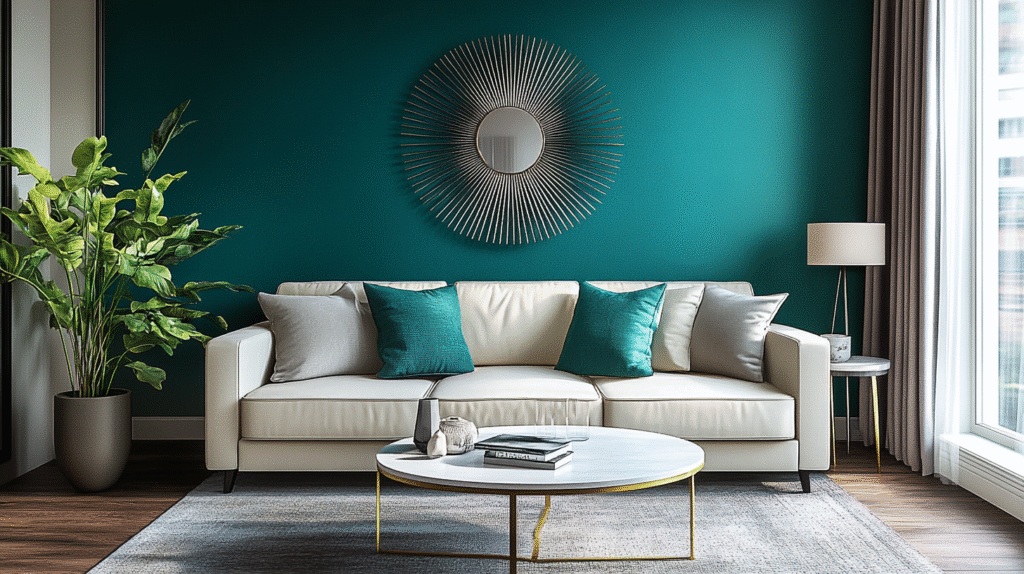Minimalist Interior Design: Creating Calm Through Simplicity
Imagine walking into a room that instantly makes you breathe easier. No clutter. No chaos. Just pure, intentional space that speaks volumes without saying a word. That’s the magic of minimalist interior design.
What is Minimalist Interior Design?
Minimalism isn’t about having nothing. It’s about having exactly what matters.
Key Principles:
- Embrace simplicity
- Prioritize functionality
- Create breathing room
- Choose quality over quantity
The Core Philosophy: Less is More
My journey into minimalist design started when I realized how much mental clutter physical stuff creates. Every unnecessary item is visual noise that drains your energy.
Essential Characteristics of Minimalist Spaces
Visual Calm Creators:
- Clean Lines: Furniture with simple, geometric shapes
- Neutral Color Palette: Whites, grays, soft earth tones
- Purposeful Furniture: Each piece serves a clear function
- Abundant Natural Light: Opens up spaces dramatically
Why Minimalism Works
Psychological Benefits
- Reduces stress
- Increases focus
- Creates sense of control
- Promotes mental clarity
Practical Advantages
- Easier cleaning
- Lower maintenance costs
- More sustainable living
- Timeless aesthetic
Room-by-Room Minimalist Approach
Living Room Transformation
Before:
- Cluttered surfaces
- Multiple decorative items
- Busy color schemes
After:
- One statement piece
- Neutral color palette
- Strategic furniture placement
- Maximum natural light
Bedroom Zen
Minimalist Bedroom Essentials:
- Platform bed with clean lines
- Monochromatic bedding
- Single artwork
- Uncluttered nightstands
- Soft, natural lighting
Home Office Productivity
Minimalist Workspace:
- Ergonomic desk
- Essential technology
- Hidden storage
- Neutral color scheme
- Minimal desk accessories
Implementation Strategies
Decluttering Techniques
- 30-Day Rule: If unused in 30 days, donate
- One In, One Out: New item means removing another
- Digital Decluttering: Minimize digital files too
- Mindful Purchasing
Texture and Warmth
Minimalism doesn’t mean cold or sterile. Add:
- Natural wood elements
- Soft textiles
- Subtle textile variations
- Organic materials
Common Minimalist Design Mistakes
Avoid:
- Over-purging
- Buying cheap, disposable furniture
- Ignoring personal style
- Creating lifeless spaces
Budget-Friendly Minimalist Tips
- Thrift quality pieces
- Invest in versatile furniture
- Choose timeless designs
- Prioritize function
Final Thoughts
Minimalist design isn’t about perfection. It’s about intentionality. Creating spaces that breathe, inspire, and support your best life.
Pro Tip: Start small. One room. One area. Watch how simplicity transforms your environment and mindset.

